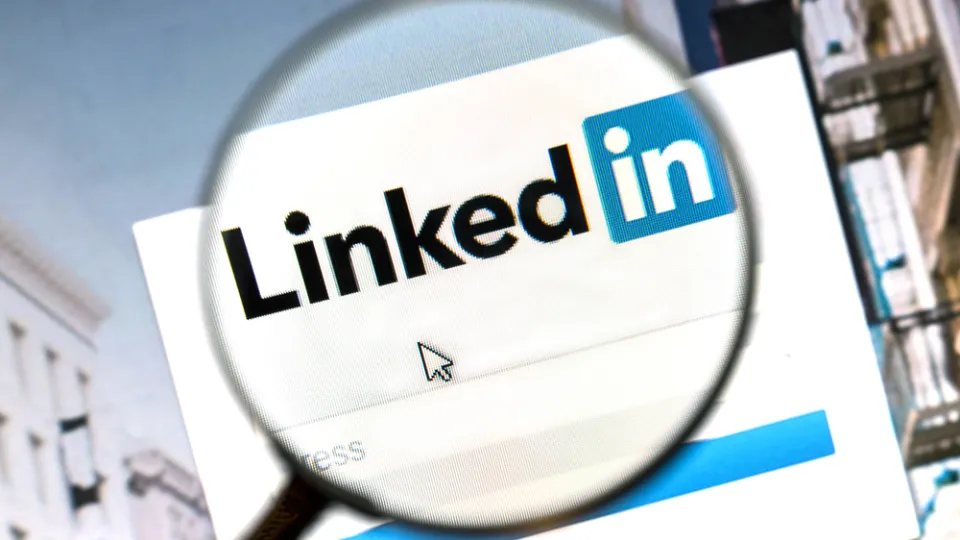
LinkedIn is the job-seeking hub of social media. With 35 million potential business contacts - including executives from all the Fortune 500 companies - across an array of industries, it's as vital a tool for job seekers that exists today. That certainly holds true for seekers of health care careers.
We want our Concorde students and graduates to get the absolute most out of LinkedIn. How do you stand out among the vast network of job seekers and employers?
Much like a resume, though, you have seconds to hook a prospective employer into learning more about you.
Here are three basic areas that offer the biggest payoff when you're just getting started.
Choosing the right profile picture
It's not just good enough these days to simply have a profile picture. It has to be the right one and it must communicate the right message.
What is that message? That you are confident, capable and caring. Yes - personal characteristics that, believe it or not, a photo can convey.
In a series of experiments studying judgment from facial appearances, Princeton psychologists Janine Willis and Alexander Todorov found it only takes 100 milliseconds to form an impression of someone from just looking at a photo of their face.
When studying in health care training programs, leave the selfies to Snapchat. On LinkedIn, focus on a strong headshot that is well-lit, in-focus and showcases your professionalism. Need some more tips on choosing a photo? Check out Yes Ware.
Edit your headline
The headline on your LinkedIn profile automatically generates and displays your most recent job title. You can make it stand out by taking a few minutes to introduce yourself and highlight your health care training programs using a series of keywords.
In an article with Fast Company, Katharine Coombes, Asia-Pacific head of talent acquisition at LinkedIn (headline: "Visionary Talent Leader; Aspiring Mum of the Year; Speed Reader"), recommends using the headline field "to highlight skills, awards, or personal elements that would be interesting to a recruiter."
You have 120 characters to tell someone who you are and what's important about you.
Recent Nursing Grad| 900 + clinical hours completed| CPR Certified| Patient-focused Advocate| Seeking Opportunities - that's 116 characters that pack a punch!
Include training programs in the summary section
Beyond your headline, the summary section is the most underutilized real estate on LinkedIn. Think of it as a 2,000-square foot storage unit that contains all things you!
You have 2,000 characters to display your most important accolades, accomplishments, and aspirations. The first two sentences are the most important since they are what LinkedIn displays in the search results and on mobile devices.
Use it to tell your story. Answer questions like:
- Who are you?
- What have you done in the past that demonstrates what you'd add to a team/organization?
- Why do you love to do what you do or what you hope to do?
- Do you have specialties that they would find appealing?
- How can they get in touch with you to find out more?
5 tips for those seeking health care careers
The website More.com recently published an article that listed simple and practical tips and tricks to update your LinkedIn profile and make you stand out among those seeking health care careers.
- Recruit recommendations. You need three recommendations to complete your profile, but get more if you can. They don't need to belong. In fact, brief, high-quality recommendations are best.
- Become an active user. It's not enough to have a polished, engaging profile if you never interact with others on the site. Much like in real-world job searching, landing a position through online searching often comes down to who - not what- you know. Use the Groups section, which connects you to people in your industry, to create connections and interact with those connections on a consistent basis.
- Take your offline connections online. After doing face-to-face networking at an office party, conference or other venues, take all those business cards you've collected to the computer and search for your new contacts on LinkedIn under People. Meeting new people is great, but maintaining those connections is crucial.
- Show your industry expertise. You can advertise your knowledge and expertise all day, but what's really effective is showing your skills. LinkedIn offers a space to do just that. Use the site's Answers tab to ask questions and offer answers to people in your area of interest. This allows you to not only benefit from their expertise but also to advertise your own and attract potential contacts.
- Gather information. The great thing about LinkedIn's Jobs board is that it lists many opportunities that are available exclusively on LinkedIn. It includes all the information you need to apply for health care careers and contact information for recruiters who post them. Use these leads to do your homework before an interview and learn as much as you can about the company and recruiter before you go shaking hands. You'll appear prepared if you do.
Getting Started
As you start down the path to supercharging your LinkedIn presence, don't go at it alone.
Our Graduate Employment Team is here and ready to help. They can take profile pictures, provide feedback on your headline and summary and brainstorm ways to make your health care training programs go to work for you.
Because, as Suzy Welch says in her article, "If you maximize your LinkedIn profile, you may not be looking for your next job. It could come find you."
Take The Next Step Towards a Brighter Future
We have a Concorde representative ready to talk about what matters most to you. Get answers about start dates, curriculum, financial aid, scholarships and more!




